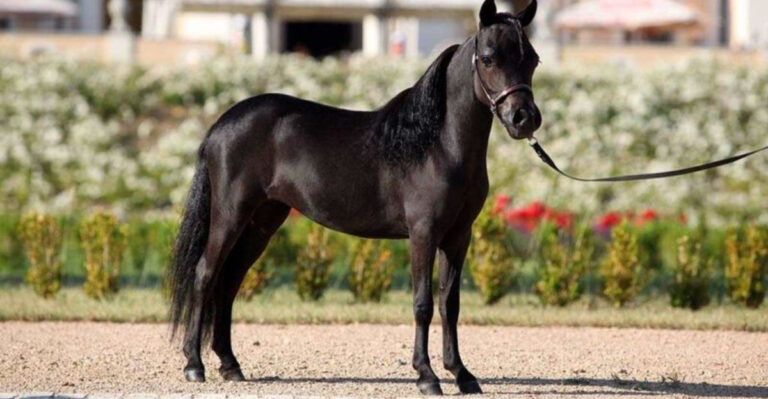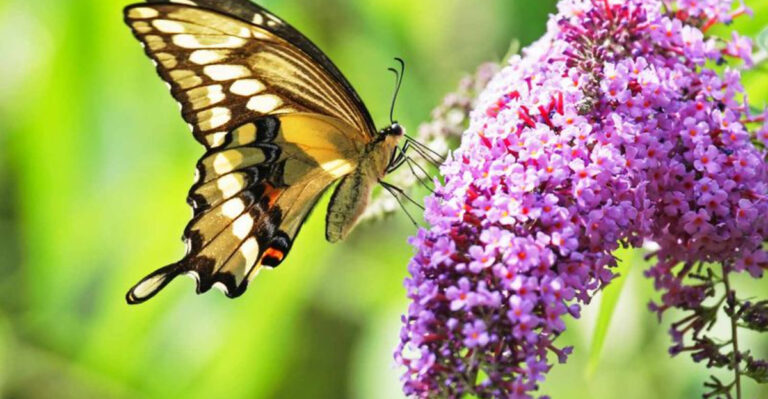15 Amazing Animals Roaming Wild In U.S. National Parks

From soaring eagles to stealthy mountain lions, America’s national parks are full of wild surprises. Each visit offers a chance to cross paths with creatures that make these landscapes truly unforgettable.
Whether you’re hiking through forests, climbing rocky trails, or pausing by a quiet stream, you’re never too far from a wild encounter. Let’s meet some of the most amazing animals still roaming free in the country’s most protected places.
1. American Bison – Yellowstone And Badlands National Parks

When you think of wildlife in the U.S., the iconic American bison often comes to mind. These majestic creatures roam the plains of national parks like Yellowstone and Badlands.
With their massive heads and shaggy fur, bison are a sight to behold. Despite their large size, up to 2,000 pounds, they can run at speeds of up to 35 mph, which is pretty impressive for such a heavy animal.
In Yellowstone, you can watch them graze on the grassy fields, and during spring and summer, you might even spot newborn calves trotting along with the herd.
2. Elk – Rocky Mountain And Yellowstone National Parks
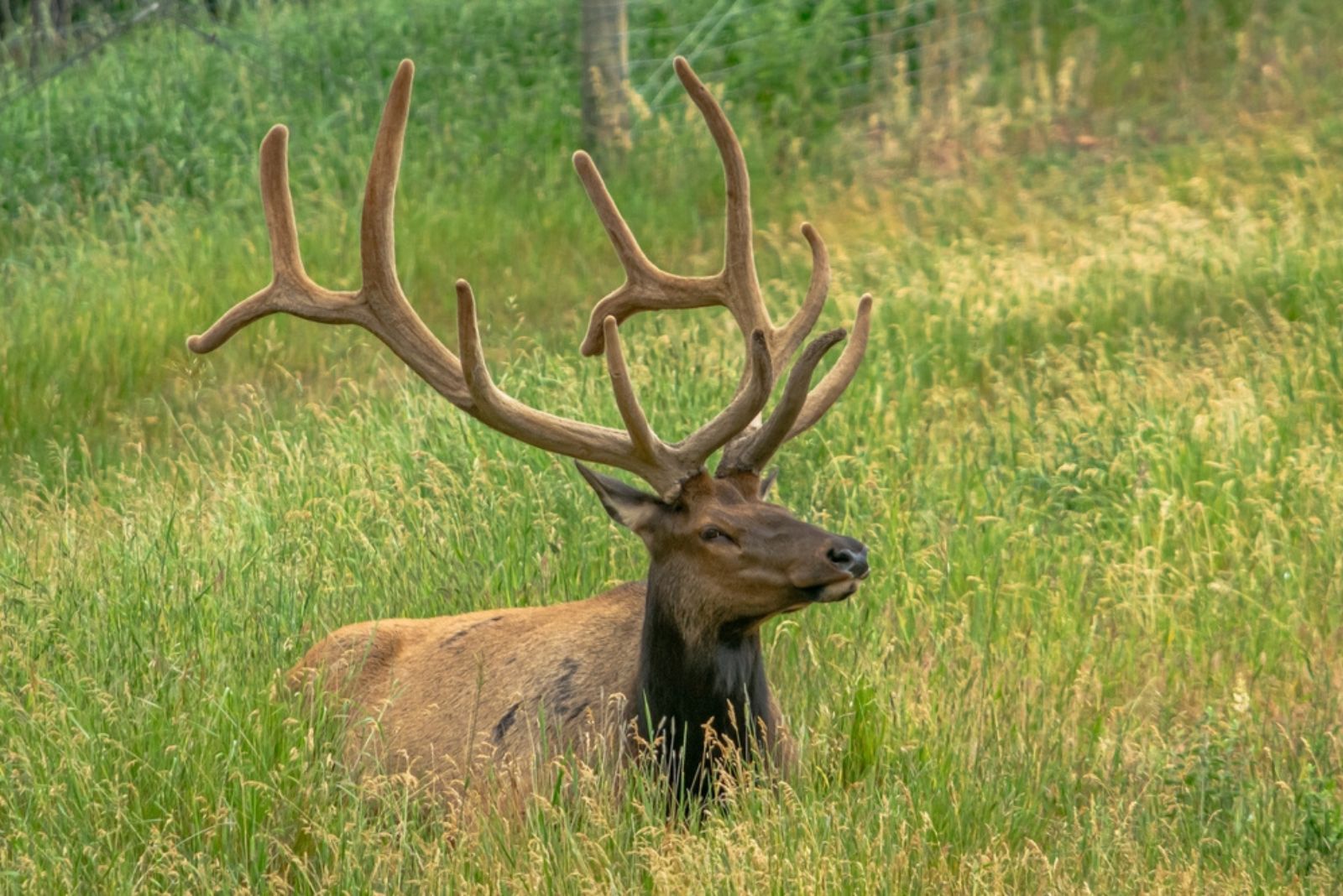
Elk are another staple of U.S. wildlife, and these graceful creatures are especially common in Rocky Mountain and Yellowstone National Park.
Known for their impressive antlers and loud bugle calls during the fall rutting season, elk can often be found grazing in the park’s meadows or wandering through the forests.
In Yellowstone, they are especially visible near the Lamar Valley, and their calls echo through the cool mountain air, creating a truly magical atmosphere.
3. Bald Eagle – Glacier And Grand Teton National Parks
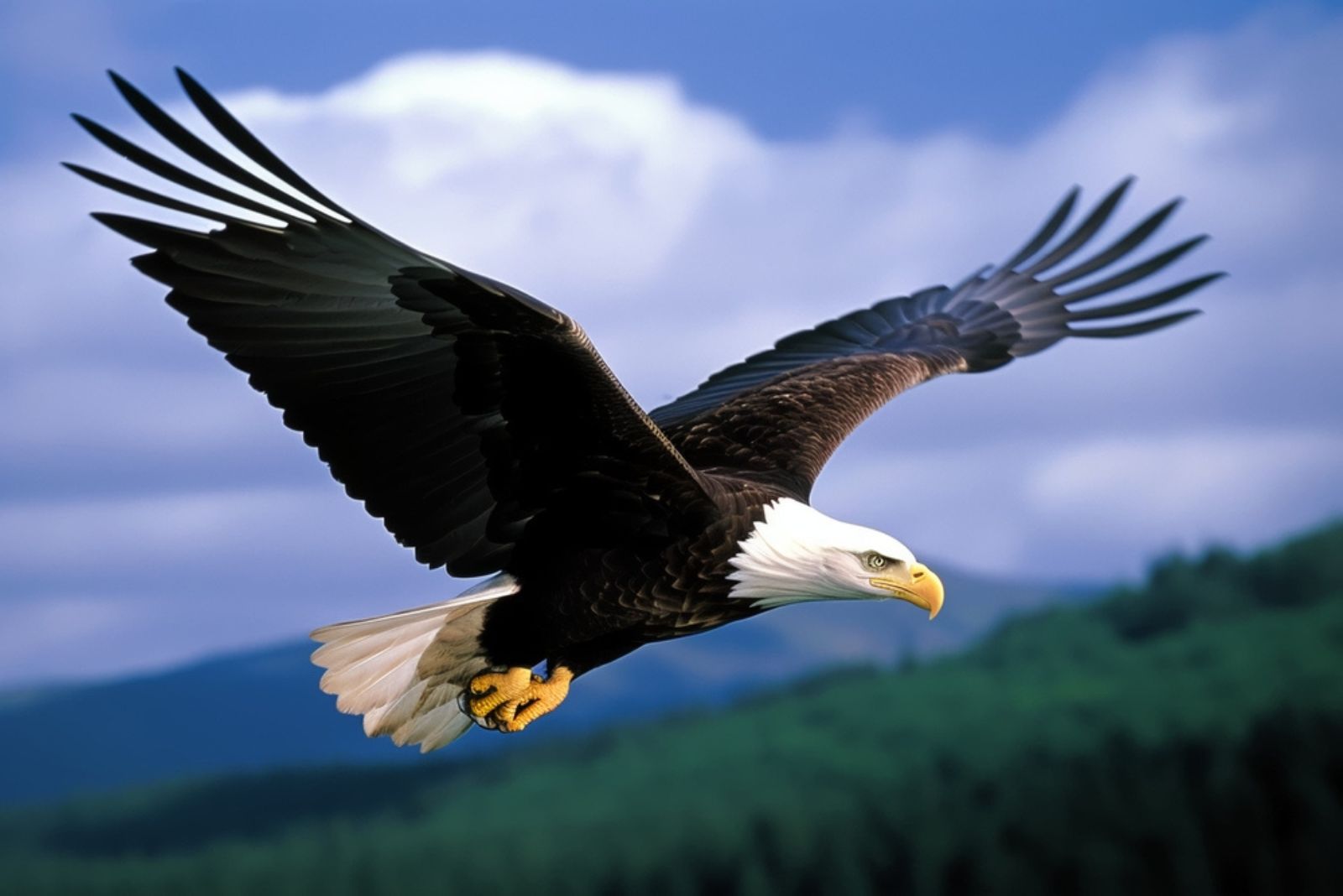
If you’re visiting national parks with large bodies of water, like Glacier or Grand Teton, keep your eyes peeled for the bald eagle, America’s national bird.
These magnificent raptors are often seen soaring high above the lakes and rivers, scanning for fish or small prey.
With wingspans that can stretch up to 8 feet, a bald eagle gliding overhead is an awe-inspiring sight. You might also spot them perched in tall trees near water, where they build massive nests.
4. Grizzly Bears – Yellowstone And Grand Teton National Parks
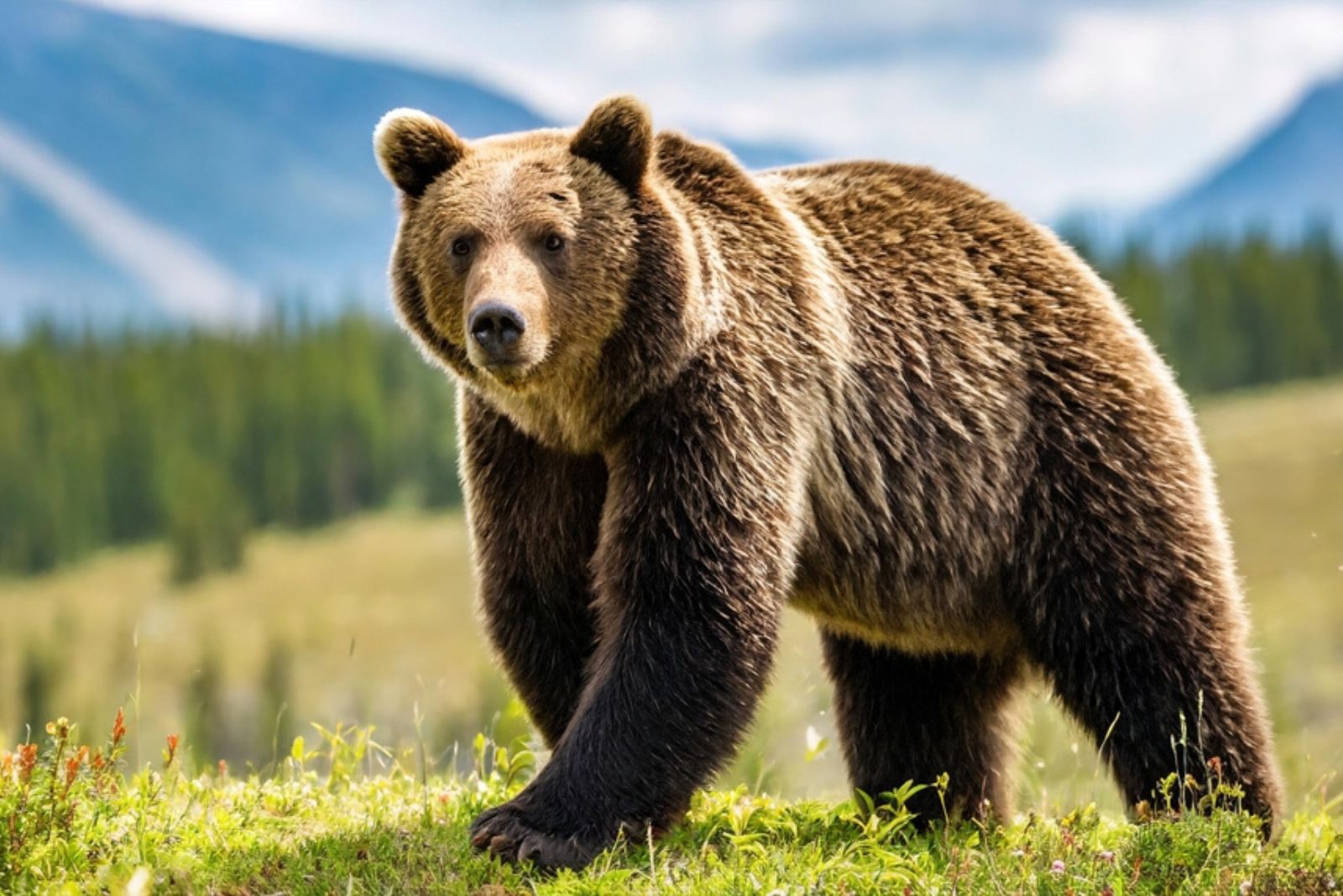
Yellowstone is famous for its grizzly bear population, and Grand Teton is another excellent place to see these powerful predators. These bears are often spotted foraging for food in the forests or along rivers where they catch fish.
They might be a bit elusive, but with patience and a good guide, you could witness one in its natural habitat. The sight of a grizzly emerging from the forest or lapping water at the edge of a stream is a reminder of the wilderness at its rawest.
5. Mountain Lions – Rocky Mountain And Yosemite National Parks
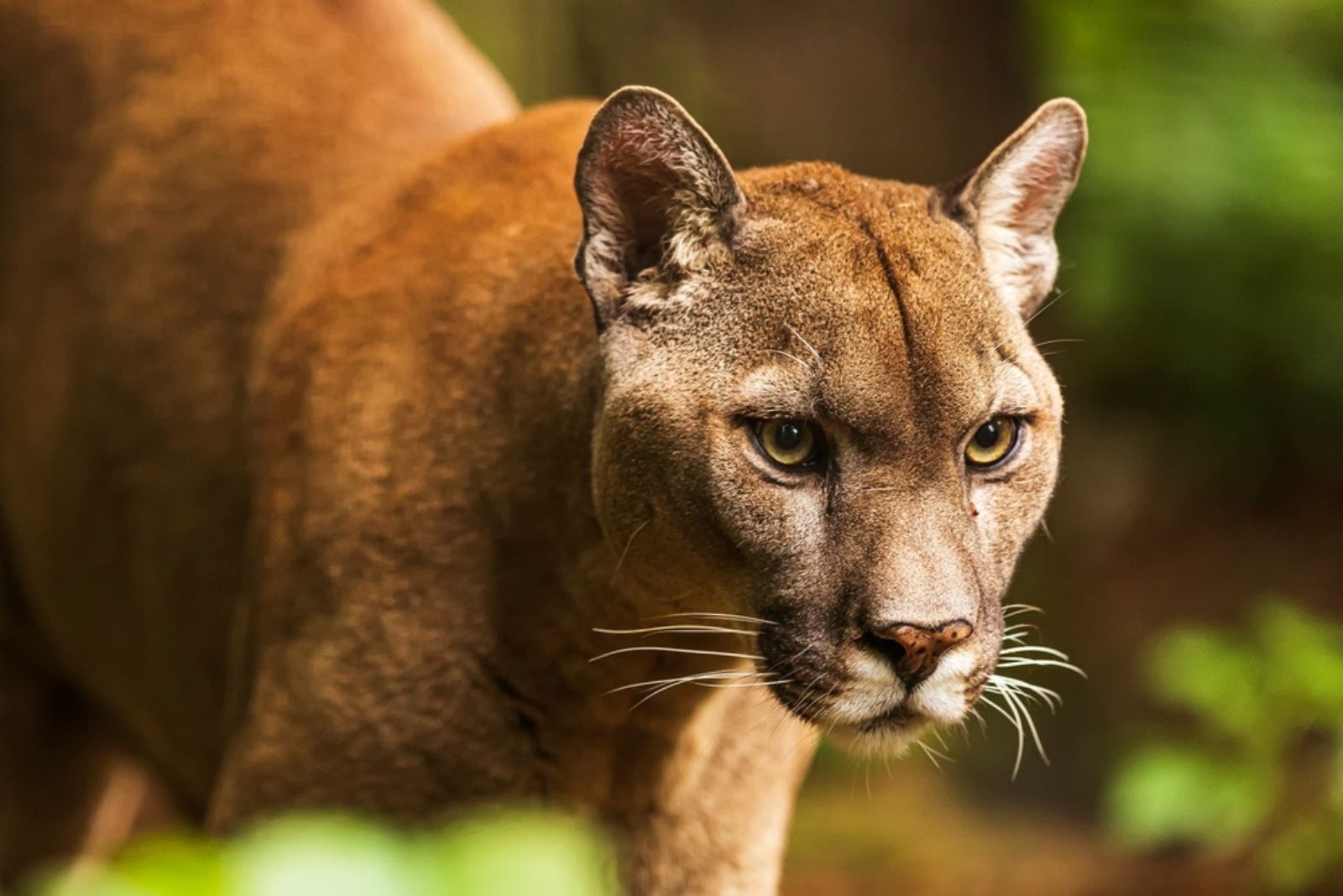
Also known as cougars or pumas, mountain lions are one of the most elusive animals in North America. These large cats are solitary and secretive, often living in the rocky, wooded areas of national parks like Rocky Mountain and Yosemite.
Though they are rarely seen, mountain lions leave signs of their presence in the form of tracks, scat, and occasional kills.
If you’re lucky (and quiet), you might spot one resting on a rocky ledge or moving through the trees at dusk. Their tawny coat and sleek body are designed for stealth, making them nearly invisible even when you’re in close proximity.
6. Mule Deer – Grand Canyon And Zion National Parks
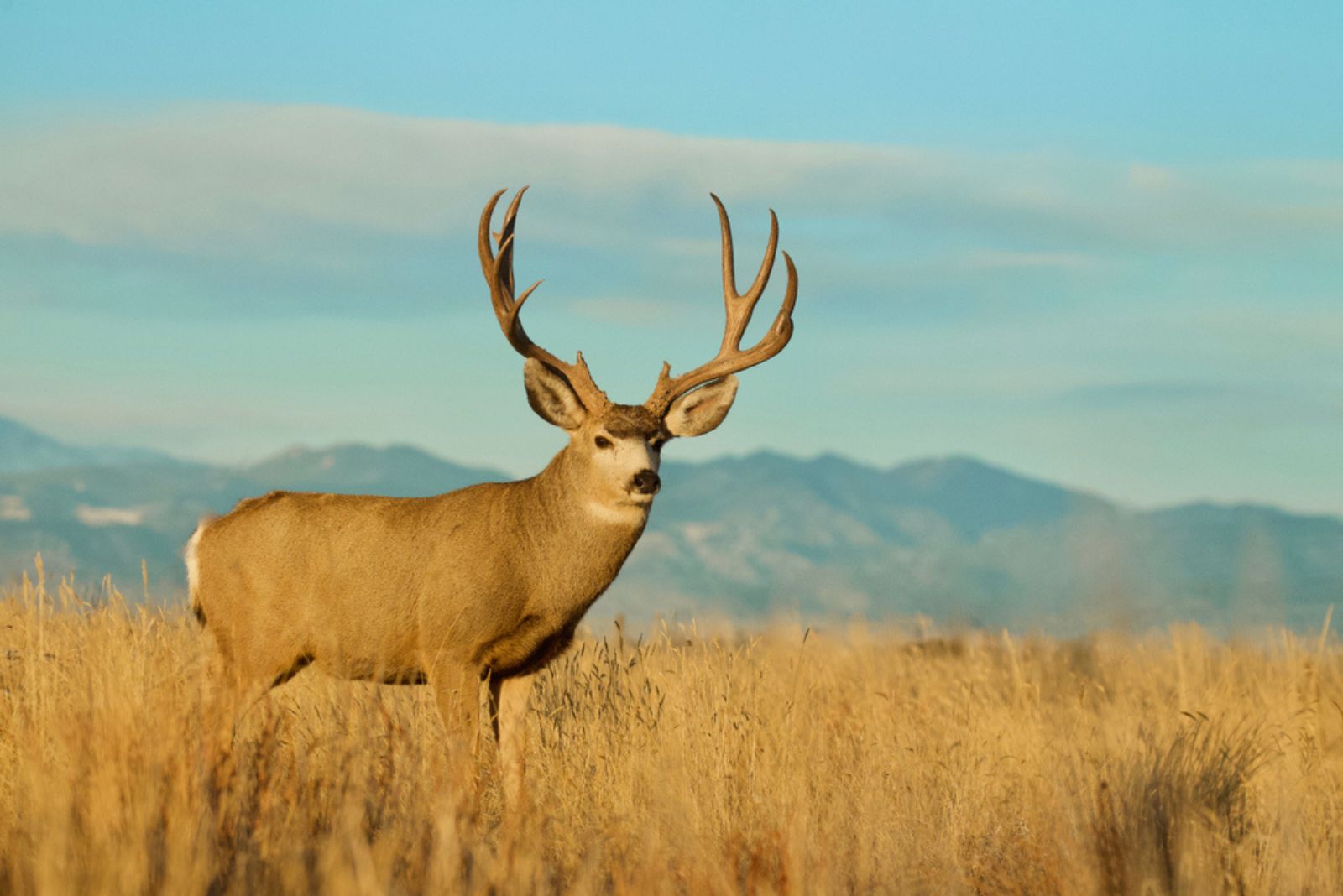
Mule deer are common across the western U.S., especially in parks like the Grand Canyon and Zion.
Known for their large ears (which resemble those of a mule), these deer are often seen grazing in meadows or foraging in the brush. They’re usually most active during the early morning and evening, so if you’re out at those times, you might catch a glimpse of them nibbling on grasses or shrubs.
Mule deer are agile and have been known to leap over obstacles with incredible grace, making them fascinating to watch in action.
7. Wild Turkeys – Shenandoah And Great Smoky Mountains National Parks
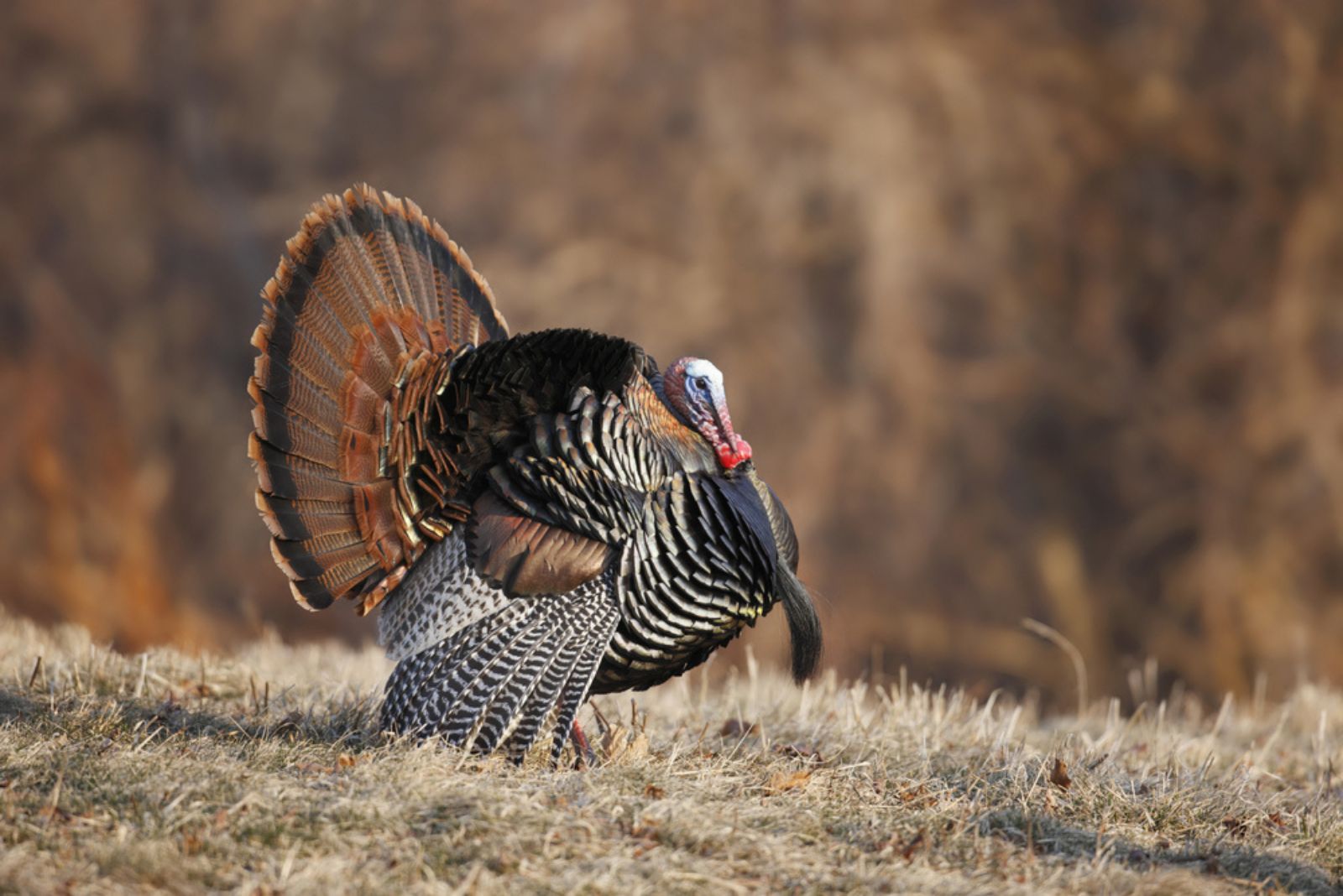
The wild turkey, a proud symbol of the American wilderness, can be spotted in places like Shenandoah and Great Smoky Mountains National Parks.
These large, ground-dwelling birds are often seen strutting through the forest or pecking at the ground for food.
In the fall, they can sometimes be found roosting in tall trees. If you’re visiting during the right season, you might even hear their distinctive calls echoing through the woods.
8. Red Fox – Acadia And Shenandoah National Parks

If you’re wandering the woods of Acadia or Shenandoah National Park, you might just spot a red fox darting between the trees.
With their bushy tails and sharp eyes, red foxes are both curious and clever. They are omnivores, feeding on a mix of small mammals, birds, fruits, and insects.
While they are typically shy, foxes are highly adaptable, so you might catch a glimpse of them hunting or playing near the edges of the forest.
9. Coyotes – Yellowstone And Grand Canyon National Parks
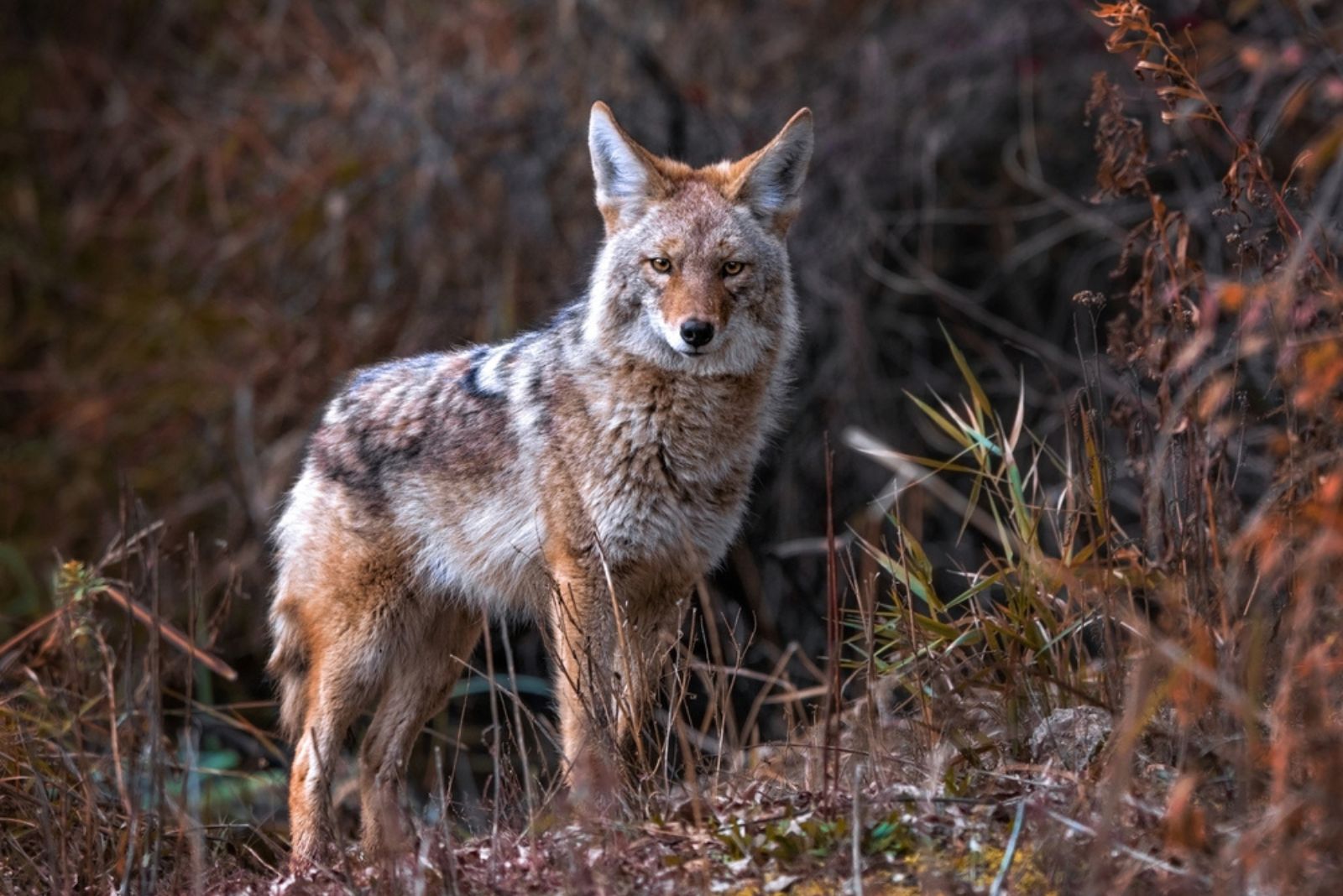
Coyotes are one of the most adaptable creatures in North America, and they can be found in nearly every national park in the U.S. Yellowstone and Grand Canyon National Parks are no exception.
These clever predators are known for their high-pitched yelps and howls that can often be heard at night. While coyotes are opportunistic feeders, they mainly hunt smaller animals like rabbits and rodents.
Their adaptability means they thrive in a variety of habitats, from open deserts to dense forests, and their haunting calls are a signature sound of the American wilderness.
10. Pronghorn – Theodore Roosevelt And Grand Teton National Parks
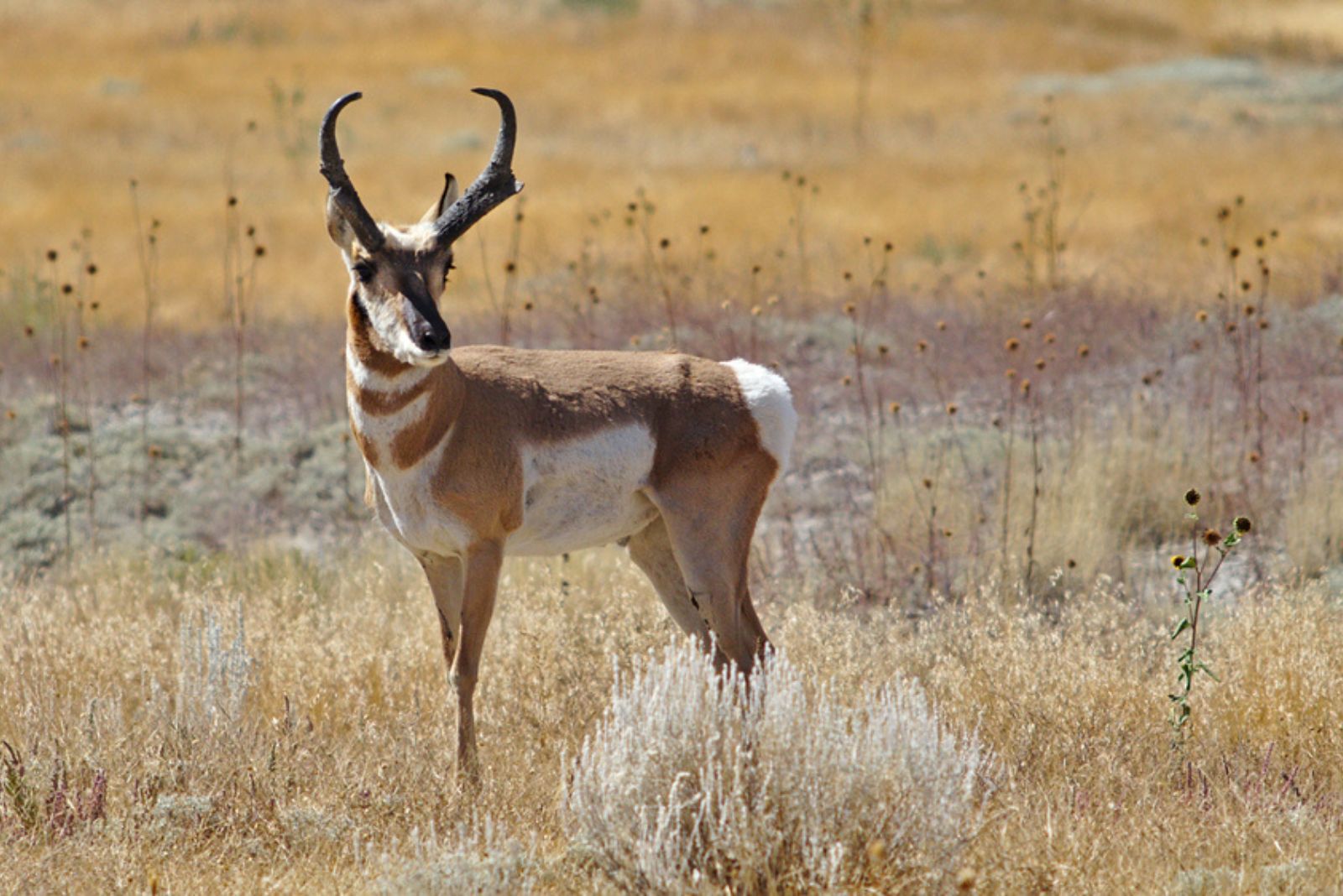
Pronghorn, often mistakenly called “antelope,” are one of the fastest animals in North America.
You can spot them in places like Theodore Roosevelt and Grand Teton National Parks, where they graze on the open plains. Pronghorns are built for speed, capable of running up to 55 mph, which is faster than any other land animal in the Western Hemisphere.
Their unique, angular horns and sleek bodies make them stand out against the landscape.
11. American Alligator – Everglades National Park
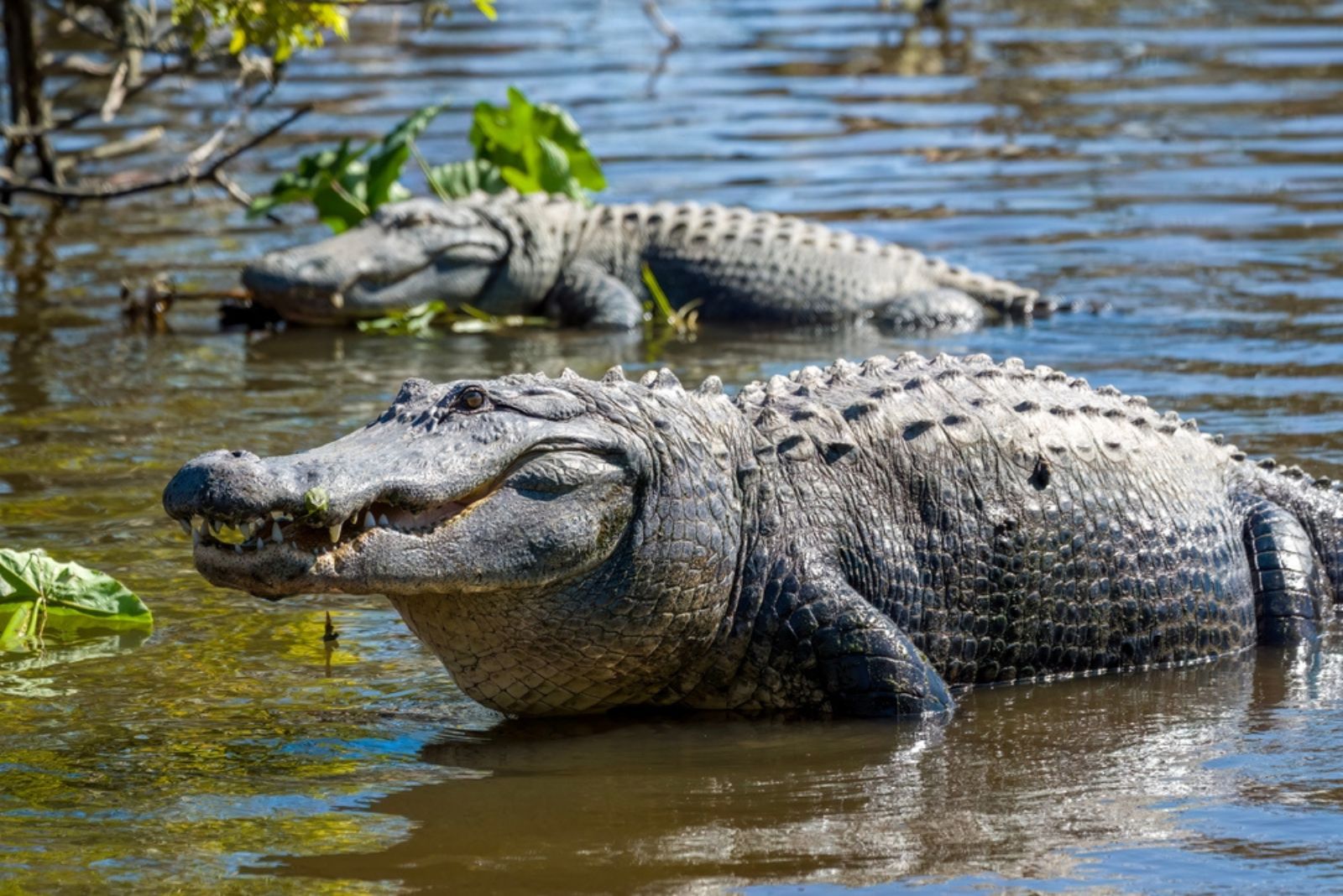
The American alligator is the king of Florida’s Everglades National Park, and these reptiles are not shy about showing their dominance.
With their armored bodies and powerful jaws, alligators are perfectly suited to the swampy environment.
While they primarily spend their time in water, they can also be spotted basking on the banks of rivers or lakes, sunning themselves. Everglades is one of the best places to see these impressive reptiles up close, but always keep a safe distance!
12. Peregrine Falcon – Acadia National Park
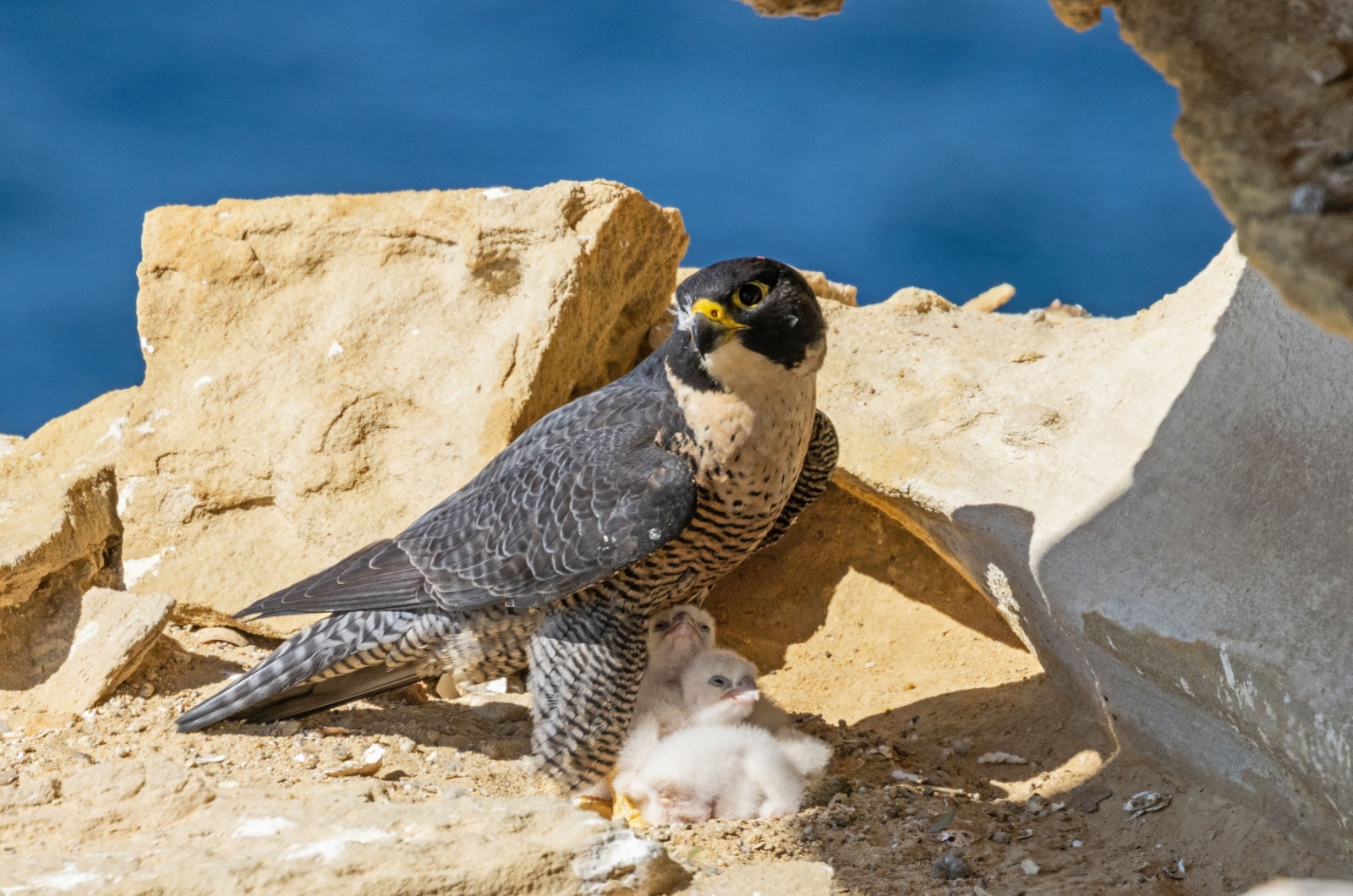
Credit: Shutterstock
The peregrine falcon, renowned as the fastest bird on Earth, can reach speeds of over 240 mph during its hunting stoop.
These incredible raptors are often seen soaring or nesting on high cliffs in parks like Zion National Park, Acadia National Park, and the Grand Canyon.
Their sharp eyesight and unparalleled speed make them formidable hunters, often preying on smaller birds mid-flight. Peregrine falcons have made a remarkable comeback from near extinction in the 20th century, thanks to conservation efforts, and spotting one in these parks is a testament to their resilience.
13. Bighorn Sheep – Grand Canyon And Badlands National Park
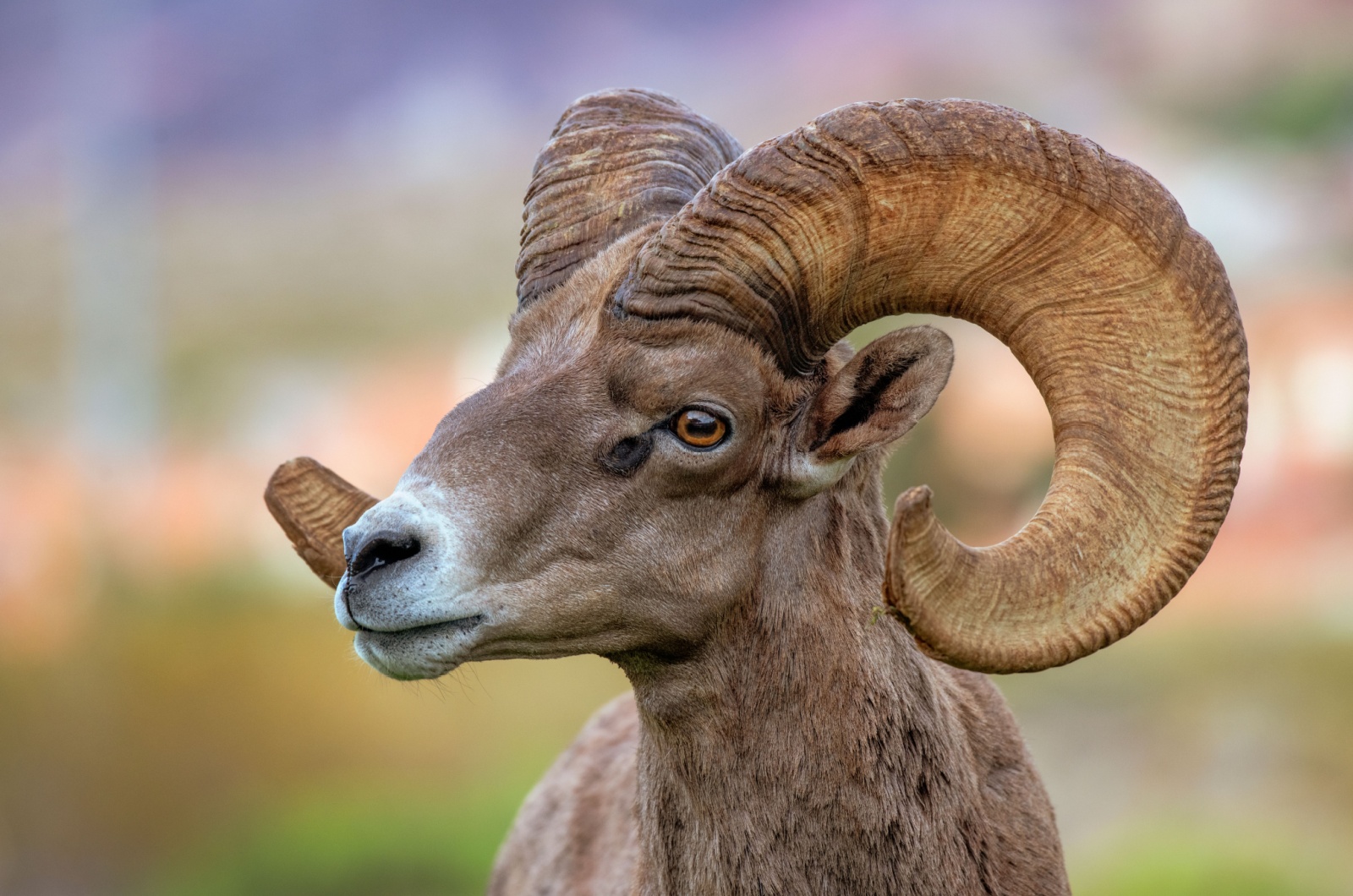
Credit: Shutterstock
Bighorn sheep, recognized for their impressive, curved horns, thrive in the rugged terrains of parks like Rocky Mountain National Park, Badlands National Park, and Grand Canyon National Park.
These agile climbers navigate steep cliffs with ease, using their horns for dominance battles and protection. Males, or rams, can collide with a force of 20 mph during rutting season, a spectacle for visitors fortunate enough to witness it.
14. North American River Otter – Olympic And Everglades National Parks
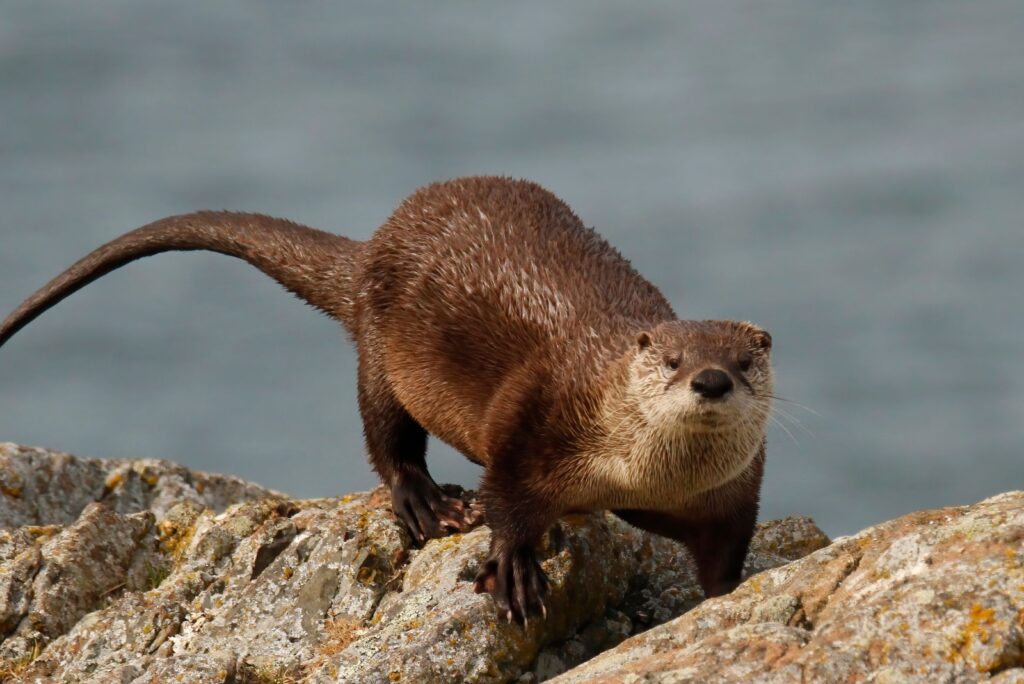
Credit: Shutterstock
Playful and sleek, North American river otters are a joy to watch in action, especially in water-rich parks like Olympic and Everglades. These semi-aquatic mammals are excellent swimmers, often seen gliding through rivers or sliding across muddy banks. Their dense, waterproof fur and webbed feet make them perfectly suited for life in the water.
Otters feed on fish, frogs, and crustaceans, and they’re often spotted during the early morning or late evening hours. If you see one flipping through the water with ease, consider it a lucky moment in the wild.
15. Roosevelt Elk – Olympic National Park
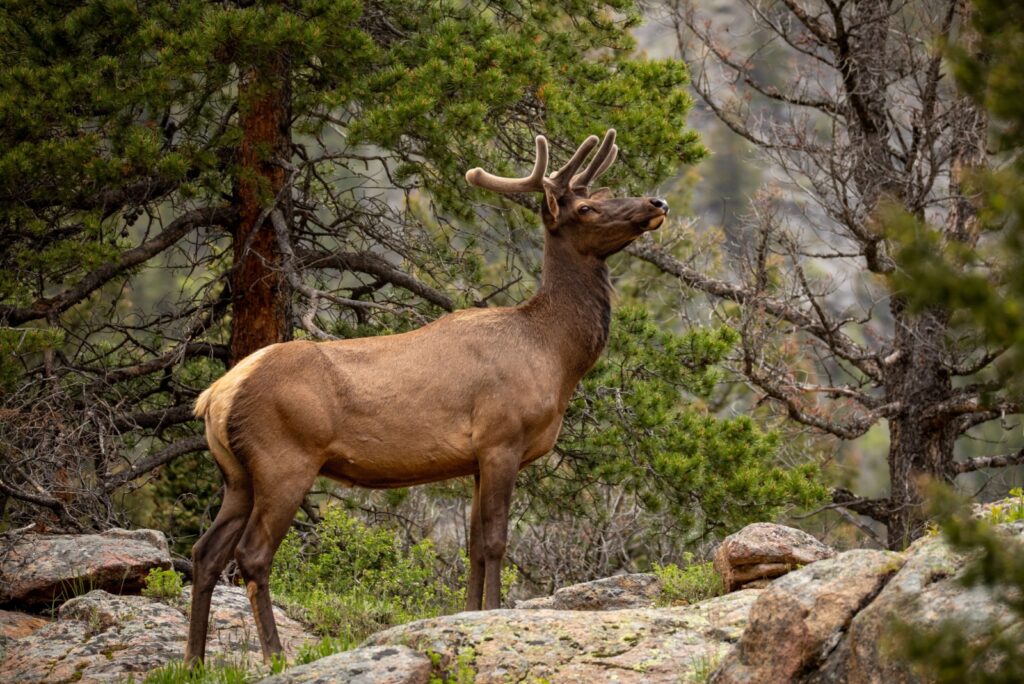
Credit: Shutterstock
Roosevelt elk are the largest of all elk subspecies and are primarily found in the lush rainforests of Olympic National Park.
These majestic animals can weigh up to 1,100 pounds and are often seen in herds grazing in meadows or wandering through the dense forest. Unlike their Rocky Mountain relatives, Roosevelt elk thrive in coastal environments with heavy rainfall.
During the fall rut, their deep bugling calls echo hauntingly through the misty woods. Their sheer size and presence make them one of the park’s most iconic residents.


